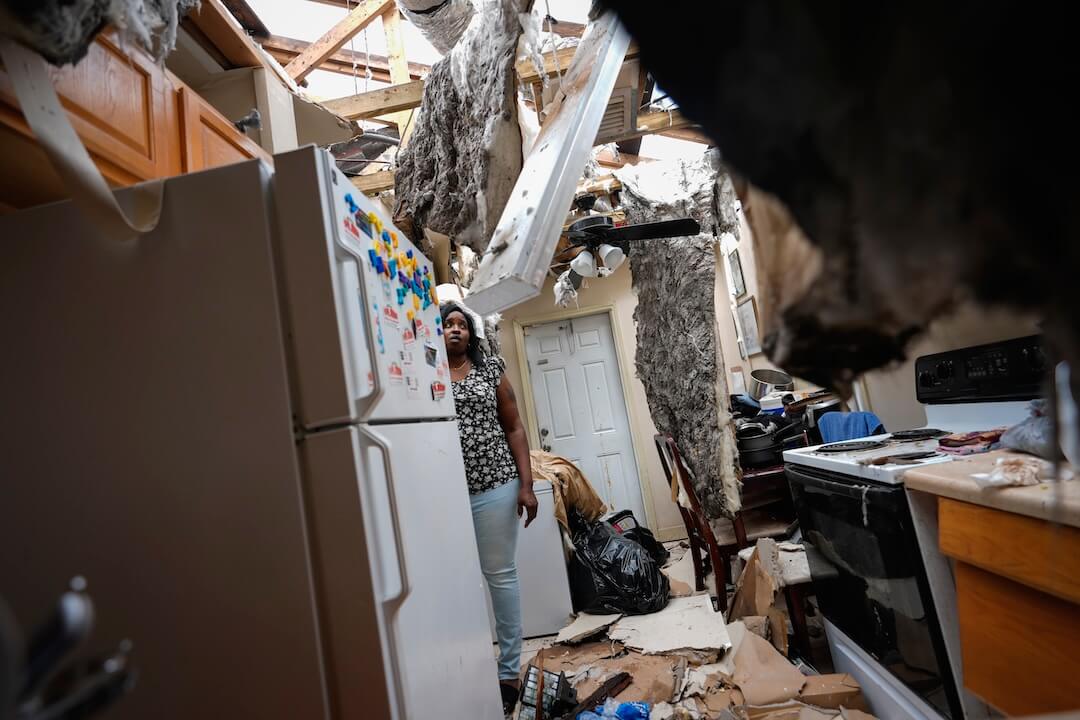If the mission of good journalism is to give voice to the voiceless, then covering issues of disability should be part of that mandate. The trick, of course, is not to be sidetracked by the physical issues but to explore where and how society resists the inclusion of its citizens who have physical, mental or emotional needs.
Two recent news stories are good examples of that intersection.
In May, a federal judge ruled that the government discriminates against blind people by printing money that looks and feels the same.
The U.S. Department of the Treasury was ordered to find a way for blind people to tell the bills apart. But the government maintains that changing the size or texture of the bills might make it harder to prevent counterfeiting.
Until now, blind people have had to rely on electronic money readers, which they say are slow, unreliable and expensive. Or, they had to rely on the honesty of others to give them the correct change.
Do you know any American who would hand a $20 bill to a cab driver or a store clerk and assume they’re getting the right change? Most of us count the change. Blind people cannot.
The backlash to the court order is predictable and illustrated by this online comment to an Associated Press story: “I know being blind sucks, but how much inconvenience and cost should the rest of society bear?”
The answer can be found in your city or town by talking to those most affected by the court ruling. Here at The Buffalo (N.Y.) News, we interviewed Karen Kane, who runs a newsstand at the county office building. She told our reporter how she folds her bills in different ways to try to distinguish 1s from 5s from 10s and 20s.
But, she says, “you have to trust everyone you come in contact with to tell you the truth.”
The American Council of the Blind says this is a huge issue for blind people as both consumers and business owners.
But we wouldn’t know that unless we gave them a voice.
The other hot topic focuses on hybrid cars. Blind people who use service dogs or guide themselves with canes are worried because hybrids are much quieter than traditional cars, posing a danger when they use streets and crosswalks.
The National Federation of the Blind wants the hybrids to sound the same as gas-powered vehicles, but those pushing for reducing noise pollution are resisting the idea.
Though most drivers and pedestrians likely haven’t noticed the difference in the noise level, for blind pedestrians it could be a matter of life and death.
And with the media focusing on the cost of gas and finding alternative sources of fuel and gas-saving vehicles, the issue of safety for blind pedestrians shouldn’t be overlooked.





